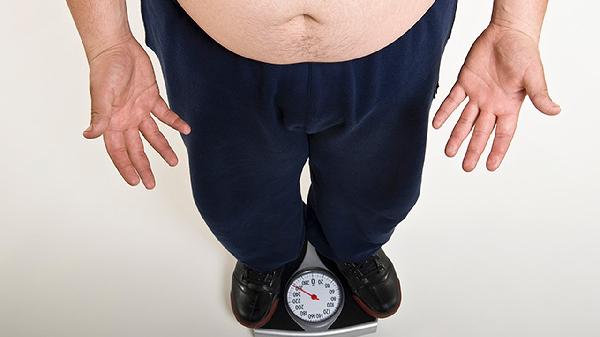If you're looking to take your fitness game to the next level, sprinting might just be the secret weapon you've been missing. We recently added sprinting to our routine, and the results have been nothing short of amazing—better endurance, faster fat loss, and even improved mental clarity. Sprinting isn't just for track stars; it's a game-changer for anyone serious about fitness. Here's why we made the switch and how you can benefit too.

Let’s get nerdy for a second—sprinting triggers something called excess post-exercise oxygen consumption (EPOC), which basically means your body keeps burning calories long after you’ve stopped running. Unlike steady-state cardio, which burns calories mostly during the workout, sprinting keeps your metabolism revved up for hours. Studies show that high-intensity interval training (HIIT), which includes sprinting, can torch fat more effectively than traditional cardio while also preserving muscle mass. Plus, sprinting boosts human growth hormone (HGH) production, which helps with muscle repair and fat loss. So yeah, it’s kind of a big deal.
Before adding sprints, our workouts were solid but plateauing. We were doing the usual mix of weightlifting and moderate cardio, but progress had slowed to a crawl. Enter sprinting—just two sessions a week, and suddenly, our endurance shot up, recovery times improved, and stubborn fat started melting away. The best part? Sprint sessions are short. We’re talking 15-20 minutes max, making them perfect for busy schedules. No more slogging through endless treadmill sessions—just short, explosive bursts that deliver serious results.
If the idea of sprinting sounds intimidating, don’t sweat it—you don’t need to be Usain Bolt to reap the benefits. Start with a dynamic warm-up (think lunges, high knees, and leg swings) to prep your muscles. Then, try a simple interval structure: sprint all-out for 20-30 seconds, followed by 60-90 seconds of walking or light jogging to recover. Repeat 6-8 times. As you get stronger, you can tweak the work-to-rest ratio or add more rounds. The key is intensity—go as hard as you can during those sprints. And if running isn’t your thing, you can apply the same principle to cycling, rowing, or even swimming.
One of the biggest mistakes we see? Going too hard too soon and ending up injured or burned out. Sprinting is demanding, so ease into it. Another pitfall is skipping the warm-up—cold muscles and sprinting don’t mix. And don’t forget about form: leaning too far forward, overstriding, or tensing up can lead to unnecessary strain. Keep your posture tall, drive your knees, and pump your arms. Lastly, recovery is crucial. Sprinting taxes your central nervous system, so give yourself at least 48 hours between sessions to let your body rebuild.
This isn’t a quick fix—it’s a long-term strategy. Over time, sprinting builds explosive power, increases cardiovascular efficiency, and even enhances insulin sensitivity (great for keeping blood sugar in check). Plus, the mental toughness you develop from pushing through those grueling intervals carries over into other areas of life. Whether you’re an athlete or just someone looking to feel stronger and more energized, sprinting is a tool worth adding to your arsenal.
So, are you ready to give sprinting a shot? Trust us, your future self will thank you. Lace up those sneakers, hit the track (or treadmill), and prepare to see some serious changes. Just remember: start smart, stay consistent, and enjoy the ride—because sprinting isn’t just about speed, it’s about unlocking your full potential.
























